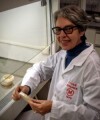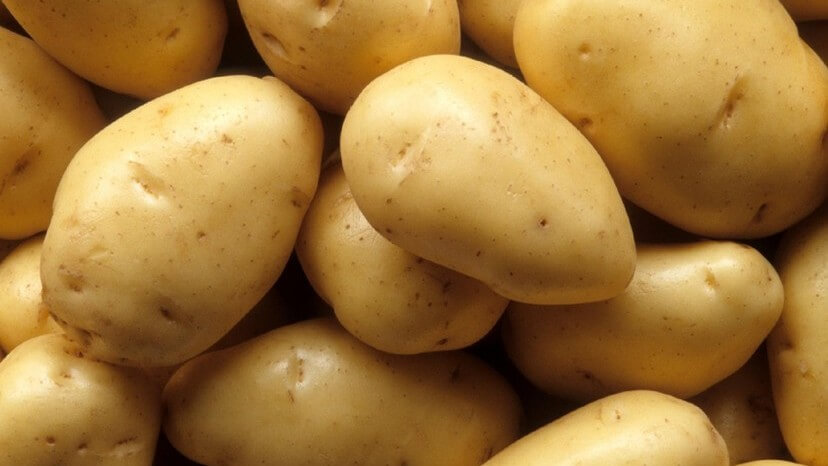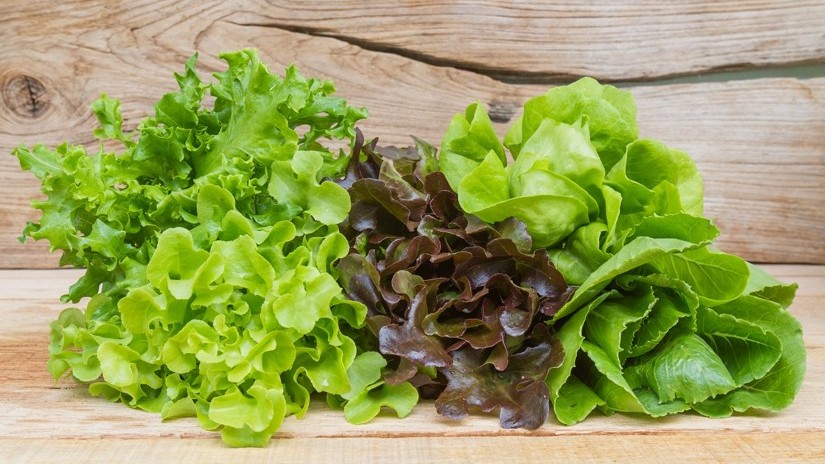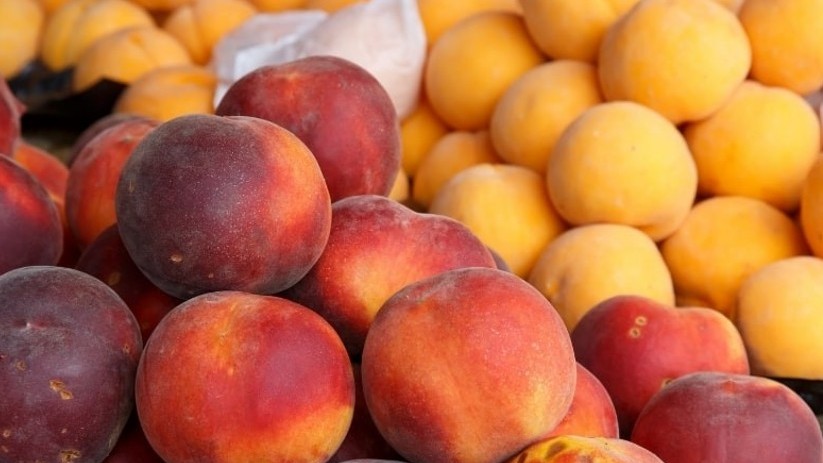News
Natamycin, an Alternative to SO2 Against Botrytis in Table Grapes
Application of natamycin for controlling gray mold in postharvest table grapes as an alternative to SO2
Gray mold, caused by the pathogenic fungus Botrytis cinerea (Ascomycota), is the most economically significant postharvest disease in table grapes and mainly results from infections through spores on the fruit surface but can also originate from latent infections before harvest during the growing season.
During postharvest storage, infected berries develop mycelia on the infected surfaces that come into contact with surrounding berries within the cluster and spread, causing the so-called "nesting" of gray mold affecting grape quality and shelf life.
SO2, the Classic Control Method
Postharvest fumigation with sulfur dioxide (SO2) has been a standard practice for controlling gray mold and other rots of table grapes and can eliminate B. cinerea spores on the surface by controlling spread. However, SO2 fumigation can cause fruit discoloration compromising its appearance.
Additionally, some consumers may be allergic to SO2 (sulfites) residues.
Alternatives to SO2
As alternatives to SO2 fumigation, pre-harvest fungicide applications to control gray mold in stored table grapes have been explored. Synthetic fungicides that are effective against B. cinerea, such as succinate dehydrogenase inhibitors, anilinopyrimidines, quinone outside inhibitors, phenylpyrroles, and hydroxyanilides, are available for use in vineyards to reduce disease during storage.
Furthermore, B. cinerea is a pathogen that easily develops resistance to fungicides, which can result in disease control failure.
There is increasing demand for new alternatives that have the ability to reduce gray mold development and are safe for consumers and the environment.
Natamycin, a Natural Compound
Natamycin is a natural antifungal compound produced by soil-dwelling microorganisms (Streptomyces natalensis). This substance has been widely used as a preservative in the food and beverage industries due to its broad spectrum of fungicidal activity and low toxicity to mammalian cells.
Additionally, in 2022, natamycin was certified for use on organic fruits in the United States.
Natamycin has also been shown to be effective in controlling various fungal pathogens in certain fresh produce. For example, it controls green mold in grapefruit and lemon, sour rot in lemon and mandarin, and Alternaria rot and gray mold in mandarin.
Sources
Wang, F.; Saito, S.; Xiao, C. L. (2024). Postharvest application of natamycin to control gray mold in table grapes. Postharvest Biology and Technology, 210: 12777.
Chen, D.; Förster, H.; Adaskaveg, J. E. (2021). Natamycin, a Biofungicide for Managing Major Postharvest Fruit Decays of Citrus. Plant Dis, 105(5):1408-1414.
Image
https://martinezcarra.es/noticia/la-botritis-de-la-vid-o-podredumbre-gris-sintomas-y-control-en-vinedos Accessed on 22/04/2024.













